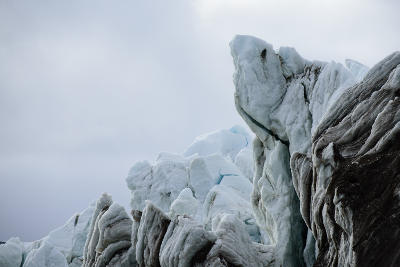Using AI to control energy for indoor agriculture
30 September 2024
Published online 26 July 2016
North West European and North West African winter rainfall systems fundamentally affected.

© Alfred-Wegener-Institut/Rene Buergi
Today, North West Europe and North West Africa experience opposing winter weather thanks to a phenomenon known as the North Atlantic Oscillation (NAO) — the variation in the difference in atmospheric pressure between the Icelandic Low in the north and the Azores High in the south.
Therefore, warmer spells of rainfall in North West Europe will mean a dry climate in North West Africa, and vice versa.
But evidence of rainfall patterns established through a comparative analysis of dripstones in caves in Morocco and Germany suggests that during the Early Holocene (11,700–8,000 years ago), both North West Europe and North West Africa experienced the same wet or dry winter conditions at the same time1.
Analysis of six different climate model simulations indicates that local sea level pressure changes from the retreating North American Laurentide ice sheet, together with associated increases in meltwater flow into the Atlantic, disrupted the North Atlantic Oscillation. The study is published in Nature Geoscience.
“We plan to further analyse the synergetic effect of a large ice sheet and meltwater on atmospheric circulation,” says lead scientist Jasper Wassenburg of Ruhr-Universität Bochum. “Furthermore, higher resolution and better chronological controls on Moroccan stalagmites may enable us to better study the variability of the North Atlantic Oscillation on decadal timescales.”
doi:10.1038/nmiddleeast.2016.115
Stay connected: